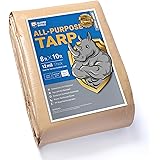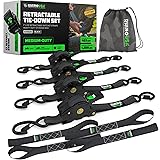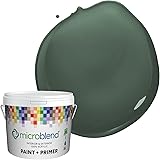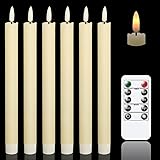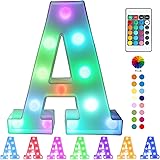The spirit of ingenuity and hands-on creation is truly at the heart of any successful workshop. As the video above demonstrates, crafting your own tools isn’t just a cost-saving measure; it’s a testament to problem-solving and an opportunity to tailor solutions precisely to your needs. Exploring these awesome ideas of DIY tools can significantly enhance your fabrication capabilities and overall workshop efficiency.
For many hobbyists and professionals alike, the journey of building custom implements often begins when a specific task demands a specialized piece of equipment. Rather than purchasing an expensive, single-use tool, the resourceful maker fabricates one. This approach not only saves money but also deepens understanding of the tools themselves and the principles of their operation.
The Power of Custom DIY Tools in Your Workshop
Building your own tools fosters a unique connection to your craft, providing unmatched satisfaction. This practice transforms your workshop into a hub of innovation, allowing you to create solutions perfectly aligned with your project demands. The video’s display of fabrication activities like cutting, drilling, welding, and grinding highlights the versatile skills involved in bringing these custom tools to life.
Consider the benefits: you can design a tool for a very specific cut angle that no standard saw guide offers, or craft a holding jig for an awkwardly shaped component. These homemade tools are often more ergonomic because they are designed by the person who will use them most. The creativity involved in custom tool design is a valuable skill in itself.
Unlocking Precision with Jigs and Fixtures
One of the most valuable categories of DIY tools involves jigs and fixtures. These devices aren’t tools in the traditional sense, but rather accessories that guide or hold your workpieces or other tools, ensuring accuracy and repeatability. Think about the common tasks that often require a helping hand or extra precision.
For example, a simple drilling jig can ensure perfectly perpendicular holes every time, even with a handheld drill. Similarly, a cutting fixture can guide a circular saw or router for perfectly straight or angled cuts, transforming basic power tools into precision instruments. These specialized workshop additions streamline repetitive tasks and significantly reduce the chances of error, making your projects more professional.
Fabricating Specialized Grinding and Sharpening Systems
The sounds of grinding in a workshop often signal the shaping or refining of metal, and this area offers immense potential for DIY tool innovation. Custom grinding and sharpening systems can dramatically improve the longevity and performance of your existing tools. Moreover, they allow for precise shaping of materials for unique applications.
Imagine a dedicated jig for sharpening chisels and plane irons to a consistent, razor-sharp edge, far surpassing what freehand sharpening can achieve. Or perhaps a custom-built attachment for a bench grinder that allows for intricate shaping of small metal parts. These homemade setups can be designed for specific angles, materials, or tool types, providing a level of customization not found in off-the-shelf solutions.
Innovative Cutting and Bending Solutions for Makers
Cutting and bending are fundamental processes in both metalworking and woodworking, and DIY approaches can lead to remarkably effective solutions. While a shop may have standard shears or brakes, certain projects require unique capacities or precision. Crafting a specialized cutting guide or a small-scale bending jig can open up new possibilities for your projects.
For instance, a custom cutting fixture might enable precise miter cuts on unusual profiles, or a simple bending tool could accurately form thin metal stock for intricate enclosures or artistic components. These ingenious DIY tools empower you to tackle complex shapes and assemblies with confidence, expanding your material handling capabilities significantly. The ability to make your own cuts and bends often means you can work with more diverse materials and designs.
Essential Skills and Materials for DIY Tool Construction
Embarking on the journey of creating your own tools requires a blend of foundational skills and an understanding of material properties. The actions depicted in the video — cutting, drilling, welding, and grinding — represent core competencies. Mastering these allows for the manipulation and joining of various components into functional tools.
For metal-based tools, proficiency in welding, whether MIG, TIG, or stick, is invaluable for creating strong, durable joints. Understanding different types of steel, aluminum, or even plastics is also crucial. For example, using hardened steel for cutting edges or sturdy mild steel for structural components ensures the tool performs its intended function reliably and safely.
Safety First: Designing and Using Homemade Tools Responsibly
While the allure of building custom DIY tools is strong, safety must always remain paramount. Any homemade device, especially one that involves moving parts, sharp edges, or high forces, requires careful design and responsible use. Always consider the forces and stresses your tool will endure during operation.
Proper material selection, secure fastenings, and ergonomic design contribute significantly to safety. Before using any newly fabricated tool, conduct thorough tests with non-critical materials. Always wear appropriate personal protective equipment (PPE), such as safety glasses, gloves, and hearing protection, especially when operating custom-made DIY tools.
Embracing the world of homemade tools allows you to push the boundaries of what’s possible in your workshop. The satisfaction of using a tool you’ve designed and built yourself is unparalleled, fostering both skill development and creative expression. These custom DIY tools truly enhance the workshop experience.




